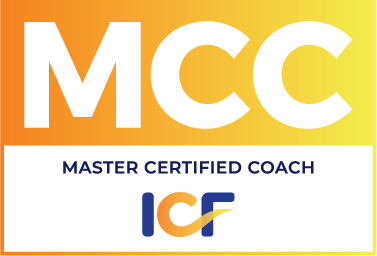One thing new coaches learn is how to meet people where they are. Where are you right now? You may be nervous, anxious, scared. Or somewhere in between. Or maybe you are excited and seeing opportunity. Allow me to normalize. I have talked to a lot of clients in the last week and all these feelings are valid and fine and to be expected. Be present with yourself. Give yourself what you need. Honor how you are feeling.
In meeting you where you are, here is what I know about where you are. Most of you are at home. And that is a big change for a lot of you. Many of you are home with spouses and children – expected to work, to do your job, in this new environment.
I have worked from home my entire professional life, many of those years with small children in the house. I have coached many entrepreneurs in my career. I want to offer you some tips for working at home here at Week One. It is different from going to a dedicated work space. Our brains adjust to the dedicated workspace. Something happens when you walk in – this is the place I work. Your body and your mind adjust.
But how do your body and your mind see the home space? Some of you work from home some of the time, but few on a full time basis. You will want to start to change how your mind sees the home. You will benefit from doing that early. Like, now.
1. Communicate! Communication is one of the more challenging things that professionals grapple with in the first place. Humans do not naturally talk to people and create agreements at work and even less so at home. Create agreements with the people in your home. Make sure they are clear. See #2. Ask questions. Do not offer directives. You might ask your family:
• What are the biggest challenges for us right now?
• What are your needs?
• How can we all get what we need?
• Who do we want to be as a family through all of this?
2. Create clear agreements – with others and with yourself. One of the bigger mistakes that I see working-at-home professionals make is to think they will just get to it. There are no work boundaries inherently at home. At work there are. At your work office, you go to a specific place that does not lend itself to non-work activities. Everyone there is there to work. You go for a period of time and then you leave. Not so at home. At home you will need clear agreements. Some might include (on all of these, see #1 on making sure everyone is getting what they need):
• These are the hours I work
• These are the physical spaces I work
• This is when I am open to being interrupted
3. Find a dedicated space. If possible, find a room with doors and go inside. Create routine. If you work in the same place every day, it will start to feel like an office to you. If you cannot do this, you might try working in a common area with a working spouse or kids doing homework. Again, communicate and make clear agreements.
4. Get dressed. It is fun to work in pajamas. (Not that I would know!) But there is a psychological factor to getting up at a certain time (tip: keep setting your alarm for the same time each day), taking a shower, getting dressed, making coffee and going to a specific place to work. Your body and mind adjust more to work when you get out of your sleeping-relaxation-wear.
5. Take breaks. This is a part of the time management tips I offer professionals in their work environment. But when you are home it might be even more important. The reason is there are a lot of tempting things to do at home and psychologically, you might be more willing to forego those things if you know that you get to take a break later. Put structure in place.
6. Stick to your boundaries. While many people will say the biggest challenge to getting work done at home is the interruptions from the others in the home, when questioned further, they often say that they are their own biggest challenge. So you might want to get an accountability partner. Maybe someone from your office who is facing the same situation. Make clear agreements and tell them what they are. Check in every day and hold each other accountable to keeping those agreements. Brainstorm new ways when the current ways aren’t working.
7. Do work during work time. One of the things many work-at-home professionals tell me is how tempting it is to do the dishes and the laundry instead of work. Again, make a time for these tasks. Be clear about it. Stick to it. Make agreements with the people in your home.
8. Honor who you are. Each “type” of person will face their own challenges. If you are an introvert, you will need some time alone. Be sure to get that. Be intentional about it. Introverts need time alone to recharge and time working alone will usually not be enough to satisfy that need. If you are an extrovert, you may quickly crave the company of others, whether you live with people or not. FaceTime people. Skype. Create 6 foot distant dates. Get what you need.
It’s a time of opportunity. More on that in an upcoming blog. For now, let’s get you set up at home!
Email cami@mclarencoaching.com with questions for future blogs.
Stay well!






